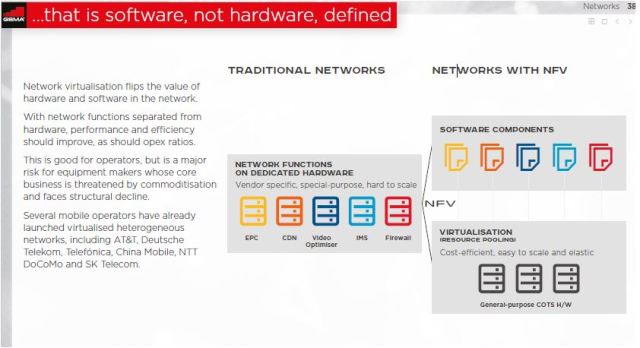 Jason Hoffman, head of Technology, Business Area Digital Services, Ericsson has revealed how its telecom operator customers save up to 50 percent in operational spending (Opex) by deploying software in smaller, more frequent releases using automated acceptance tests.
Jason Hoffman, head of Technology, Business Area Digital Services, Ericsson has revealed how its telecom operator customers save up to 50 percent in operational spending (Opex) by deploying software in smaller, more frequent releases using automated acceptance tests.
Ericsson said its operator customers can use Continuous Delivery and Deployment to do software updates on monthly basis and reduce Opex.
Ericsson, a telecom equipment maker based in Sweden, assists top mobile operators to reduce time for live software updates in their telecom networks to two days compared to six to nine weeks previously.
Nokia, Huawei and ZTE are the main rivals of Ericsson in the telecom software space.
According to a recent GSMA report released in 2017, network virtualization flips the value of hardware and software in the mobile network. With wireless network functions separated from hardware, performance and efficiency should improve, as should Opex ratios.
 This is good for mobile operators, but is a major risk for equipment makers whose core business is threatened by commoditisation and faces structural decline.
This is good for mobile operators, but is a major risk for equipment makers whose core business is threatened by commoditisation and faces structural decline.
Mobile operators including AT&T, Deutsche Telekom, Telefonica, China Mobile, NTT Docomo and SK Telecom have already launched virtualized heterogeneous networks.
Ericsson said that telecom operator customers of Ericsson Continuous Software Delivery and Deployment get Packet Core software updates monthly rather than every six or 12 months to improve efficiency of their networks.
Michał Sewera, head of EPC Shared Service Center, Deutsche Telekom, said that the mobile operator is looking for ecosystem of tools and interactions to deliver new features and functionalities into the production network.
“Continuous deployment is an essential part of the network function management lifecycle process. It’s not just about the frequency of the software delivery by the supplier,” Michał Sewera said.
Emmanuel Bidet, vice president, Convergent Networks Control, Orange, said that the global telecom operator is using Ericsson Continuous Software Deployment to simplify operational process and enhance competitiveness.
“Updates that used to be taken yearly are now taken much more frequently, in a better-automated manner, enabling us to activate features in an agile way,” Emmanuel Bidet said.
Packet Core is one of the offerings in Continuous Software Delivery and Deployment. Ericsson Network Manager, Ericsson IP Multimedia Subsystem (IMS) and Ericsson User Data Consolidation (UDC) software are also getting frequent software updates.
“Continuous Delivery and Deployment and regular, timely feedback from operators contributes to the development of software that is better focused on customer needs and updated more frequently to introduce cutting-edge functionality,” said Jason Hoffman, head of Technology, Business Area Digital Services, Ericsson.
Ericsson said that its strategy for the adoption of a one-track approach to software development and customer feedback has increased software quality, significantly reducing the number of trouble reports received from customers.
Telecom operators can use the Ericsson Automated Acceptance Tests product to reduce verification times from weeks to hours. Mobile operators can execute a Packet Core test case in roughly four seconds.





